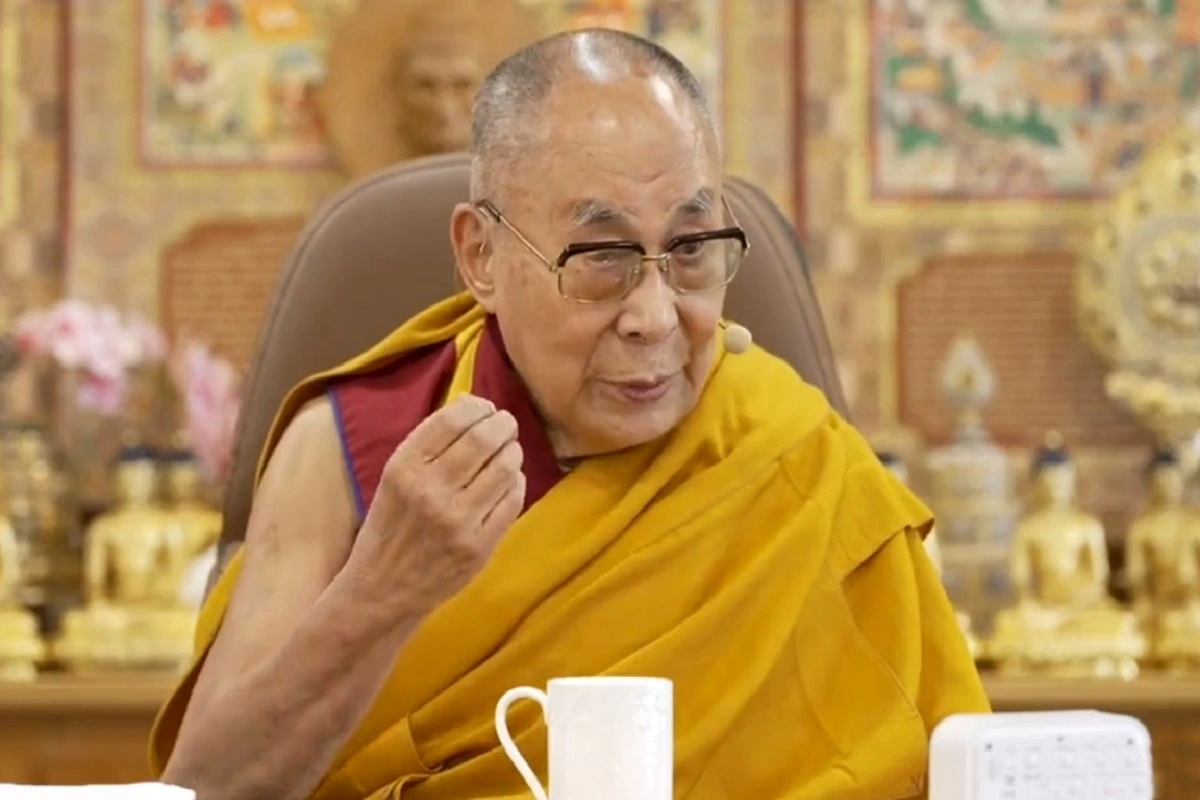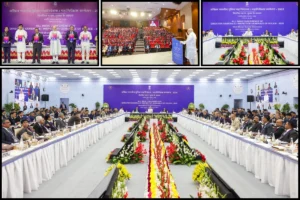
External Affairs Minister S Jaishankar’s comments about “missing good neighbourliness” toward China during his address at the SCO Summit in Islamabad align with New Delhi’s firm diplomatic stance. This is further exemplified by the Indian government’s decision to continue providing a grant-in-aid to Tibetan spiritual leader the Dalai Lama’s Central Tibetan Relief Committee (CTRC) until 2025-26.
The Ministry of Home Affairs has allocated a Rs 40-crore grant-in-aid for the CTRC over a five-year period, which ends in 2025-26. According to a 2019 census conducted by the CTRC, the population of Tibetan refugees in India stands at 73,404.
China’s Concerns Over Support for the Dalai Lama
China objects to India’s ongoing support for the Dalai Lama, viewing him as a political exile rather than a purely religious figure. Beijing accuses the Dalai Lama of engaging in anti-China separatist activities. Despite these concerns, the Government of India asserts that the Dalai Lama is a respected religious leader who enjoys significant reverence among the Indian populace. An official brief from the Ministry of External Affairs states, “His Holiness is accorded due courtesies and freedom to conduct his religious and spiritual activities.”
The grant-in-aid from the MHA for the Dalai Lama’s CTRC funds administrative and social welfare activities across 36 Tibetan settlement offices located in various states. From FY 2015-16 to 2021-22, Rs 56 crore was released to support the CTRC.
History of Tibetan Refugees in India
Tibetan refugees began arriving in India in 1959 following the Dalai Lama’s flight from Tibet. The Indian government provided them with asylum and assistance for temporary settlement. Many of these refugees have become self-sufficient through self-employment or with government support under agricultural and handicraft schemes in different states.
Karnataka hosts the largest population of Tibetan refugees, with 21,324 individuals, followed by Himachal Pradesh (14,952), Arunachal Pradesh (4,780), Uttarakhand (4,829), West Bengal (3,076), and the Union Territory of Ladakh (6,989). To ensure uniformity in the benefits extended by the Central and State Governments to Tibetan refugees, the MHA issued the Tibetan Rehabilitation Policy in 2014.
Also Read: Russian Envoy Optimistic About PM Modi’s Attendance At BRICS Summit In Kazan
To read more such news, download Bharat Express news apps


















